Home>Storage & Organization>Closet & Wardrobe Organization>How To Organize A Sewing Room
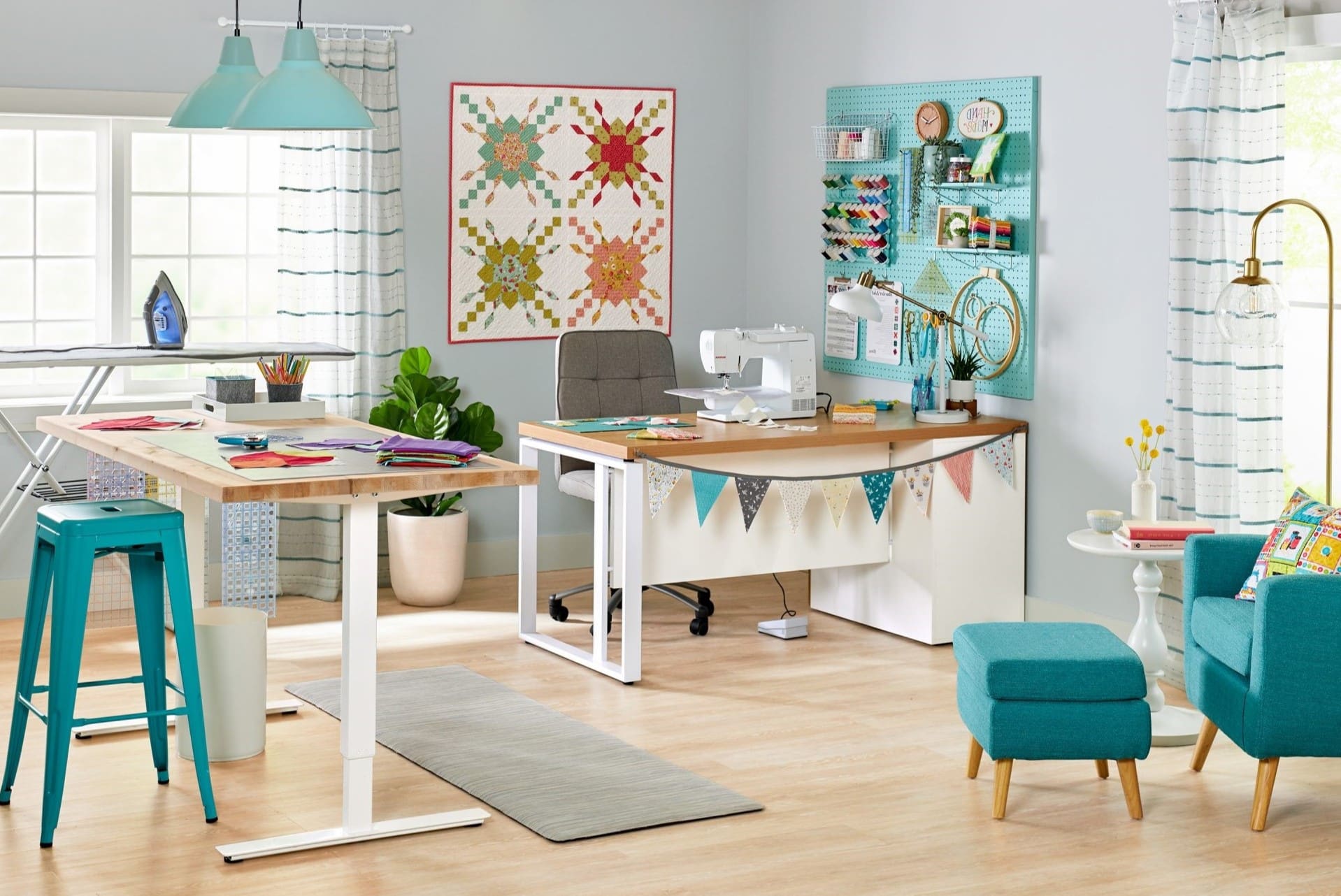

Closet & Wardrobe Organization
How To Organize A Sewing Room
Modified: March 23, 2024
Learn how to efficiently organize your sewing room with our expert tips for closet and wardrobe organization. Create a functional and inspiring space for your sewing projects.
(Many of the links in this article redirect to a specific reviewed product. Your purchase of these products through affiliate links helps to generate commission for Storables.com, at no extra cost. Learn more)
Planning Your Sewing Room Layout
When it comes to setting up a sewing room, the layout is crucial for creating an efficient and organized space. Whether you have a dedicated room or a small corner for sewing, planning the layout is essential for maximizing functionality and productivity.
-
Assess Your Space: Before diving into organizing your sewing room, take a good look at the available space. Consider the dimensions, natural light sources, and existing furniture or fixtures that may impact the layout.
-
Designate Sewing Zones: Divide the room into specific zones such as sewing, cutting, pressing, and storage. This zoning approach helps in creating a well-organized and functional space where each task has its designated area.
-
Consider Workflow: Arrange your sewing room in a way that supports a smooth workflow. For instance, position your sewing machine near the fabric storage area and cutting table to minimize unnecessary movement during sewing projects.
-
Utilize Vertical Space: Make the most of vertical space by installing shelves, pegboards, or wall-mounted storage units. This not only maximizes storage but also keeps essential tools and supplies within easy reach.
-
Flexibility and Accessibility: Keep the layout flexible to accommodate changes or additions in the future. Additionally, ensure that frequently used items are easily accessible, while seasonal or less-used items can be stored in less accessible areas.
By carefully planning the layout of your sewing room, you can create a space that is not only organized but also conducive to creativity and productivity.
Key Takeaways:
- Plan your sewing room layout by assessing space, creating designated zones, and maximizing vertical space. This ensures an organized and efficient workspace for your sewing projects.
- Choose the right storage solutions tailored to your needs, such as clear containers, adjustable shelving, and wall-mounted storage. This keeps your sewing supplies in order and enhances creativity.
Read more: How To Store Fabric In Sewing Room
Choosing the Right Storage Solutions
When it comes to organizing a sewing room, having the right storage solutions is essential for keeping your supplies, tools, and materials in order. Here are some tips for choosing the right storage solutions:
-
Assess Your Storage Needs: Before selecting storage solutions, take stock of your sewing supplies and equipment. Determine the types of items you need to store, such as fabric, thread, patterns, and notions.
-
Utilize Clear Containers: Clear plastic bins or containers are ideal for storing fabric, yarn, and other materials. The transparency allows you to easily see the contents without having to open each container, saving time and effort.
-
Invest in Adjustable Shelving: Adjustable shelving units provide flexibility in storing items of various sizes. They can accommodate fabric bolts, sewing books, and storage baskets, allowing you to customize the space according to your needs.
-
Drawer Organizers: Utilize drawer organizers to keep small sewing notions such as buttons, zippers, and pins neatly separated and easily accessible. This prevents clutter and makes it convenient to find specific items when needed.
-
Wall-Mounted Storage: Install wall-mounted storage solutions such as pegboards or grid systems to keep frequently used tools like scissors, rulers, and cutting mats within arm's reach. This not only saves space but also adds a decorative element to the sewing room.
-
Fabric Storage Solutions: Consider investing in fabric storage racks or cubbies to neatly organize and display your fabric collection. This not only adds a decorative touch to the room but also makes it easier to select fabrics for your projects.
-
Utilize Under-Table Space: Make use of the space under your sewing table by adding storage bins or baskets to keep frequently used items like sewing machine accessories, patterns, and project materials close at hand.
By choosing the right storage solutions tailored to your specific needs, you can create a well-organized sewing room that enhances your creativity and efficiency.
Setting Up Your Sewing Machine Station
Setting up a well-organized sewing machine station is essential for a smooth and enjoyable sewing experience. Here's how to create an efficient and ergonomic sewing machine setup:
-
Select the Right Sewing Table: Choose a sturdy and spacious sewing table that provides ample room for your sewing machine and allows for comfortable fabric handling. Ensure that the table height and surface area are suitable for your sewing projects.
-
Positioning the Sewing Machine: Place your sewing machine on the table, ensuring that it is positioned at a comfortable height and angle for sewing. The needle area should be well-lit, and there should be sufficient space for fabric movement.
-
Organize Sewing Supplies: Keep essential sewing supplies such as thread, bobbins, needles, and scissors within arm's reach of your sewing machine. Utilize a caddy or organizer to neatly store these items for easy access during sewing.
-
Invest in a Sewing Machine Light: Proper lighting is crucial for sewing accuracy. Consider adding a flexible LED sewing machine light to illuminate the sewing area, reducing eye strain and enhancing visibility while working on intricate details.
-
Ergonomic Seating: Choose a comfortable and supportive chair that allows you to sit at the correct height in relation to the sewing machine. Proper seating posture is essential for long sewing sessions and helps prevent back and neck strain.
-
Thread Organization: Implement a thread storage solution near your sewing machine to keep your thread spools neatly organized and easily accessible. This can be a thread rack, drawer organizer, or a dedicated thread stand.
-
Machine Maintenance Area: Designate a small area near your sewing machine for machine maintenance supplies such as oil, brushes, and screwdrivers. This ensures that you can easily perform routine maintenance to keep your sewing machine in top condition.
By setting up your sewing machine station thoughtfully, you can create a comfortable and efficient workspace that enhances your sewing projects and overall enjoyment of the craft.
Use clear plastic bins to store fabric and sewing supplies so you can easily see what’s inside. Label each bin to keep everything organized and easily accessible.
Creating a Cutting and Ironing Area
Creating a dedicated cutting and ironing area is essential for efficient sewing projects. Here's how to set up a functional and organized cutting and ironing space:
-
Cutting Table: Invest in a sturdy and spacious cutting table that provides ample room for laying out and cutting fabric. The table should be at a comfortable height to prevent back strain during extended cutting sessions. Consider a table with a smooth surface that allows fabric to glide easily for precise cutting.
-
Cutting Tools Storage: Keep essential cutting tools such as rotary cutters, scissors, and rulers within easy reach of the cutting table. Utilize a wall-mounted tool rack or a caddy to organize and store these items, ensuring they are readily accessible when needed.
-
Ironing Station: Set up an ironing board or a dedicated ironing station near the cutting table. Ensure that the ironing board is at a comfortable height for pressing fabric and has a heat-resistant cover to protect the surface. Consider a foldable ironing board for space-saving convenience.
-
Iron and Supplies Organization: Keep your iron, pressing cloths, and other ironing supplies neatly organized near the ironing station. Utilize a heat-resistant caddy or a designated drawer to store these items, ensuring they are easily accessible when pressing fabric during sewing projects.
-
Designated Fabric Storage: Allocate space near the cutting and ironing area for storing fabric awaiting preparation or pressing. Utilize fabric bins, shelves, or cubbies to keep fabric neatly organized and easily accessible for your sewing projects.
-
Pressing Tools: Keep pressing tools such as tailor's hams, sleeve boards, and pressing mitts within reach of the ironing station. These tools are essential for achieving professional-looking seams and crisp fabric finishes.
-
Designated Waste Bin: Place a waste bin near the cutting and ironing area for easy disposal of fabric scraps and thread trimmings. This helps maintain a clean and organized workspace while minimizing clutter during sewing projects.
By creating a well-equipped cutting and ironing area, you can streamline the fabric preparation and pressing process, making sewing projects more efficient and enjoyable.
Organizing Your Fabric and Notions
Organizing your fabric and notions is crucial for a well-functioning sewing room. Here are some effective strategies for keeping your fabric and sewing supplies neatly organized:
-
Fabric Storage Solutions: Utilize open shelving or cubbies to store fabric based on color, type, or project use. This not only adds a decorative element to your sewing room but also makes it easier to locate specific fabrics for your sewing projects.
-
Fold and Store Neatly: Fold fabric neatly and store it vertically to maximize space and visibility. This method allows you to see all your fabric options at a glance, making it easier to select the perfect fabric for your next project.
-
Utilize Clear Bins or Drawers: Store fabric scraps, fat quarters, and smaller cuts of fabric in clear bins or drawers. The transparency allows you to easily see the contents, making it simple to find the fabric pieces you need without rummaging through multiple containers.
-
Notion Organization: Use small containers, jars, or compartmentalized boxes to organize sewing notions such as buttons, zippers, elastic, and trims. Label each container for quick and easy identification of contents.
-
Thread Storage: Store thread spools in a dedicated thread rack or drawer organizer. This not only keeps your thread neatly organized but also prevents tangling and makes it easy to find the perfect thread color for your sewing projects.
-
Labeling System: Consider implementing a labeling system for your fabric and notions storage. Labeling shelves, bins, or containers can save time and prevent frustration when searching for specific items.
-
Utilize Wastebasket: Place a wastebasket near your fabric and notions organization area for easy disposal of scraps, empty thread spools, and packaging materials. This helps maintain a tidy workspace and prevents clutter from accumulating.
By implementing these fabric and notions organization strategies, you can create a sewing room that is not only visually appealing but also highly functional, making your sewing projects more enjoyable and efficient.
Maximizing Space in a Small Sewing Room
Maximizing space in a small sewing room is essential for creating an efficient and functional workspace. Here are some effective strategies for making the most of limited space:
-
Utilize Multi-Functional Furniture: Choose furniture pieces that serve multiple purposes, such as a sewing table with built-in storage or a cutting table that can also function as a work surface. This helps maximize space by combining different functions into a single piece of furniture.
-
Foldable and Portable Equipment: Opt for foldable or portable sewing equipment such as collapsible cutting mats, folding ironing boards, and compact sewing machines. These space-saving options can be easily stored away when not in use, freeing up valuable floor space in a small sewing room.
-
Wall-Mounted Storage: Install wall-mounted shelves, pegboards, or cabinets to keep sewing supplies and equipment off the floor and within easy reach. This not only maximizes vertical space but also helps declutter the room and create a more organized sewing area.
-
Utilize Closet Space: If your sewing room has a closet, make the most of this space by installing shelving, hanging organizers, or clear storage bins. This allows you to store fabric, notions, and other sewing supplies in a compact and organized manner, keeping the main sewing area free from clutter.
-
Compact Storage Solutions: Invest in compact storage solutions such as stackable bins, rolling carts, and modular storage units that can be easily tucked away in small corners or under tables. These versatile storage options help keep sewing supplies organized without taking up excessive floor space.
-
Utilize Door and Wall Space: Make use of the back of the sewing room door and available wall space for hanging tools, notions, and even fabric. Door-mounted organizers and wall hooks can efficiently store frequently used items while keeping them easily accessible.
-
Mobile Workstation: Consider using a mobile workstation with wheels that can be moved around the room as needed. This allows for flexibility in arranging the sewing room layout and provides the option to create additional space when working on larger projects.
By implementing these space-maximizing strategies, you can transform a small sewing room into a well-organized and efficient workspace, allowing you to pursue your sewing projects with ease and creativity.
Frequently Asked Questions about How To Organize A Sewing Room
Was this page helpful?
At Storables.com, we guarantee accurate and reliable information. Our content, validated by Expert Board Contributors, is crafted following stringent Editorial Policies. We're committed to providing you with well-researched, expert-backed insights for all your informational needs.
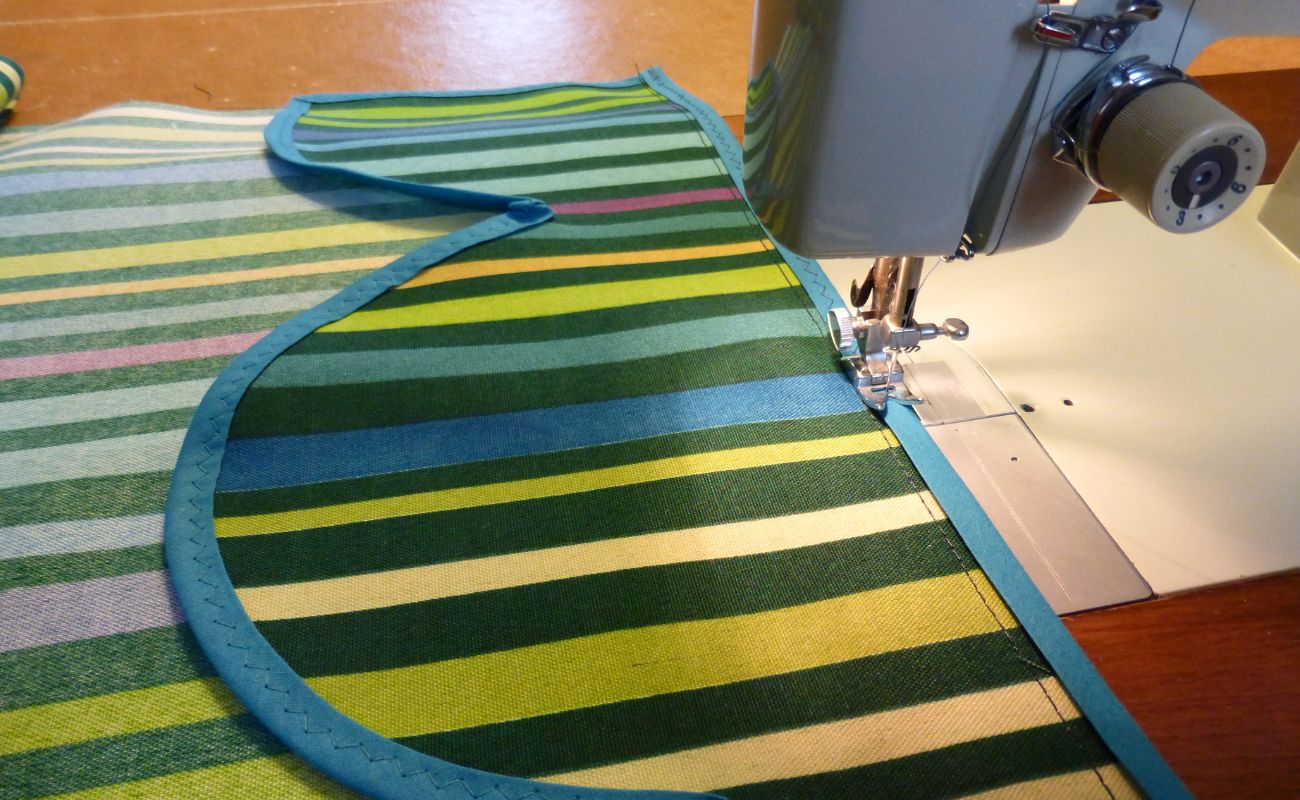

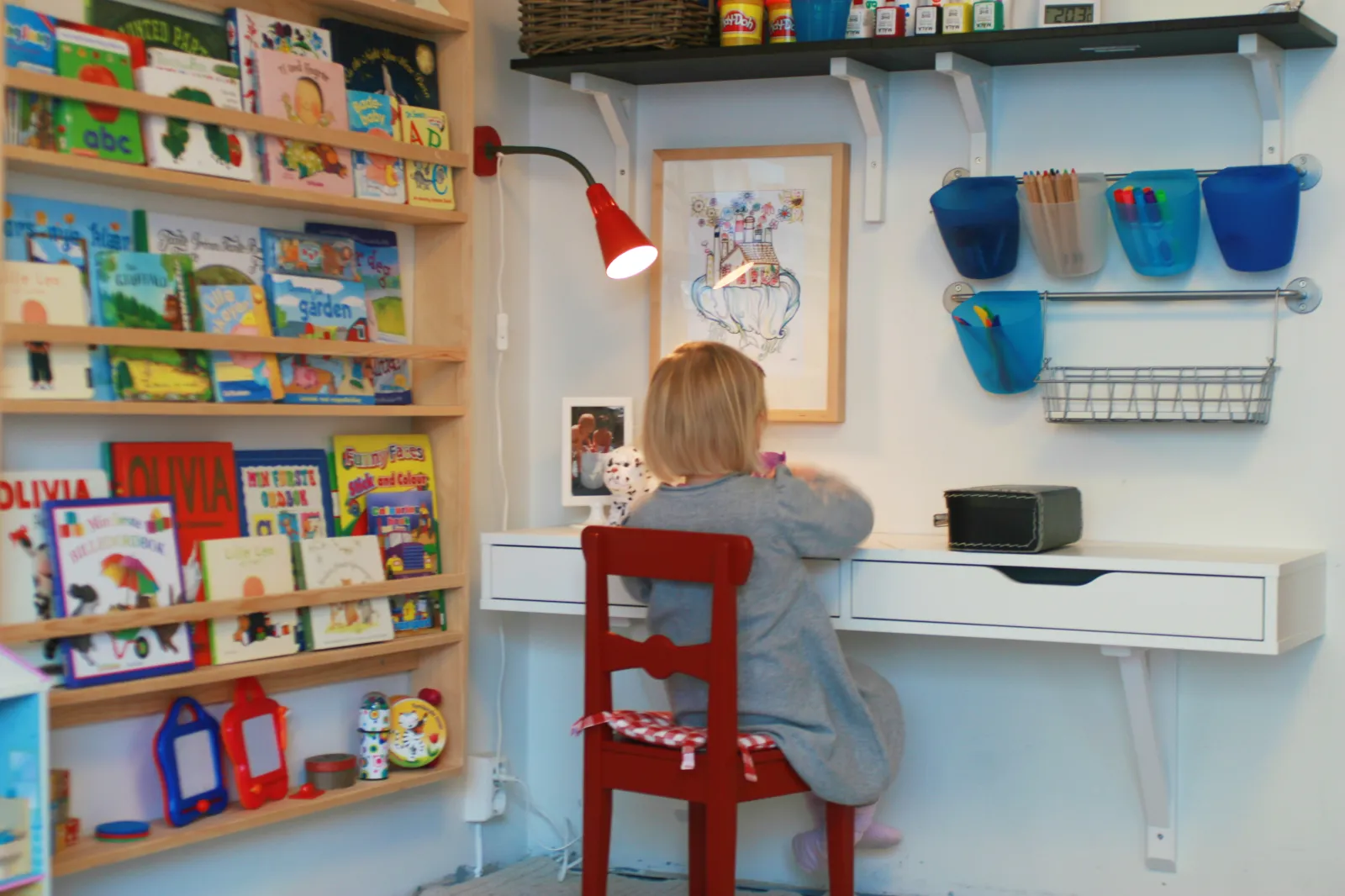
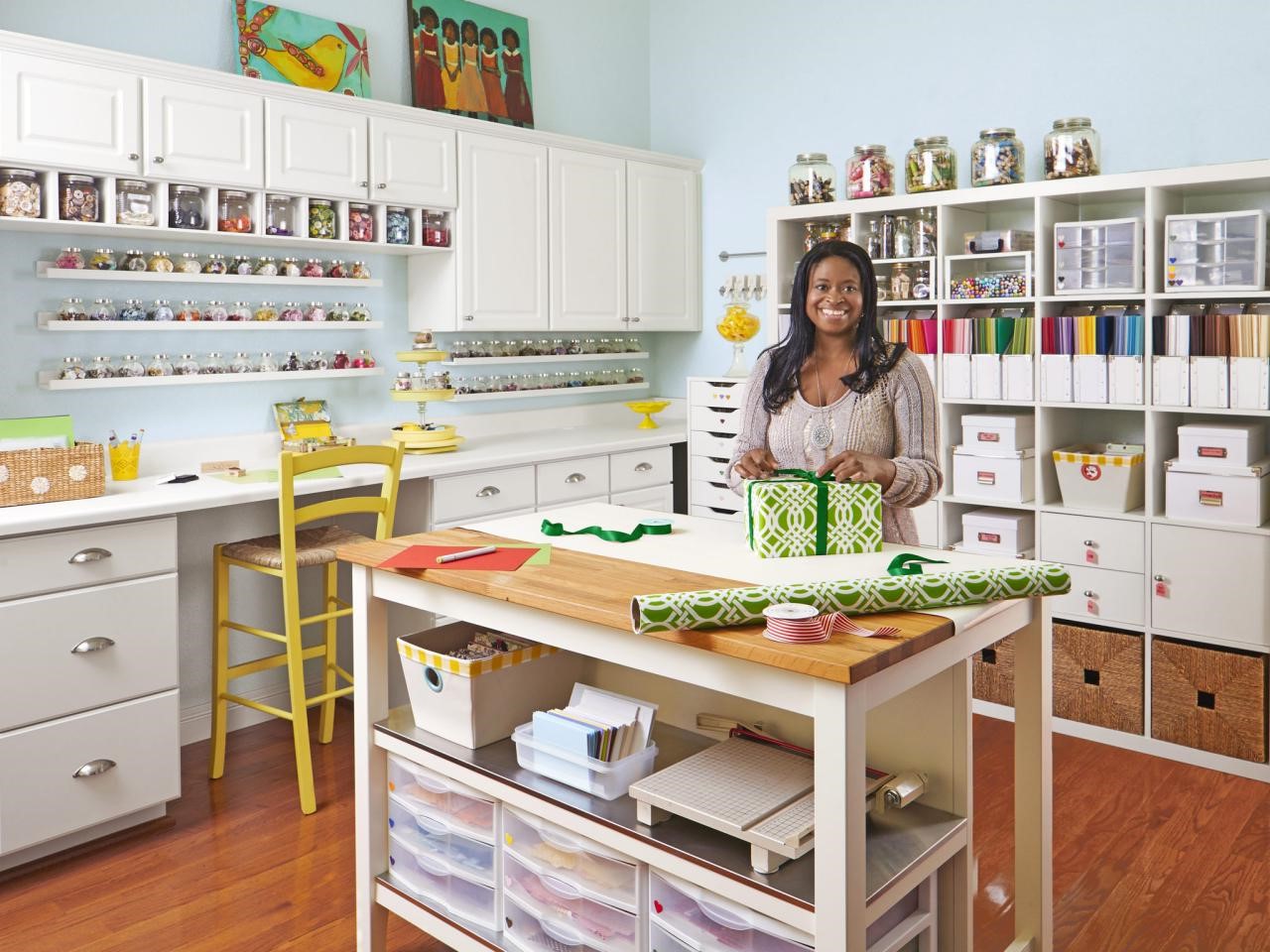
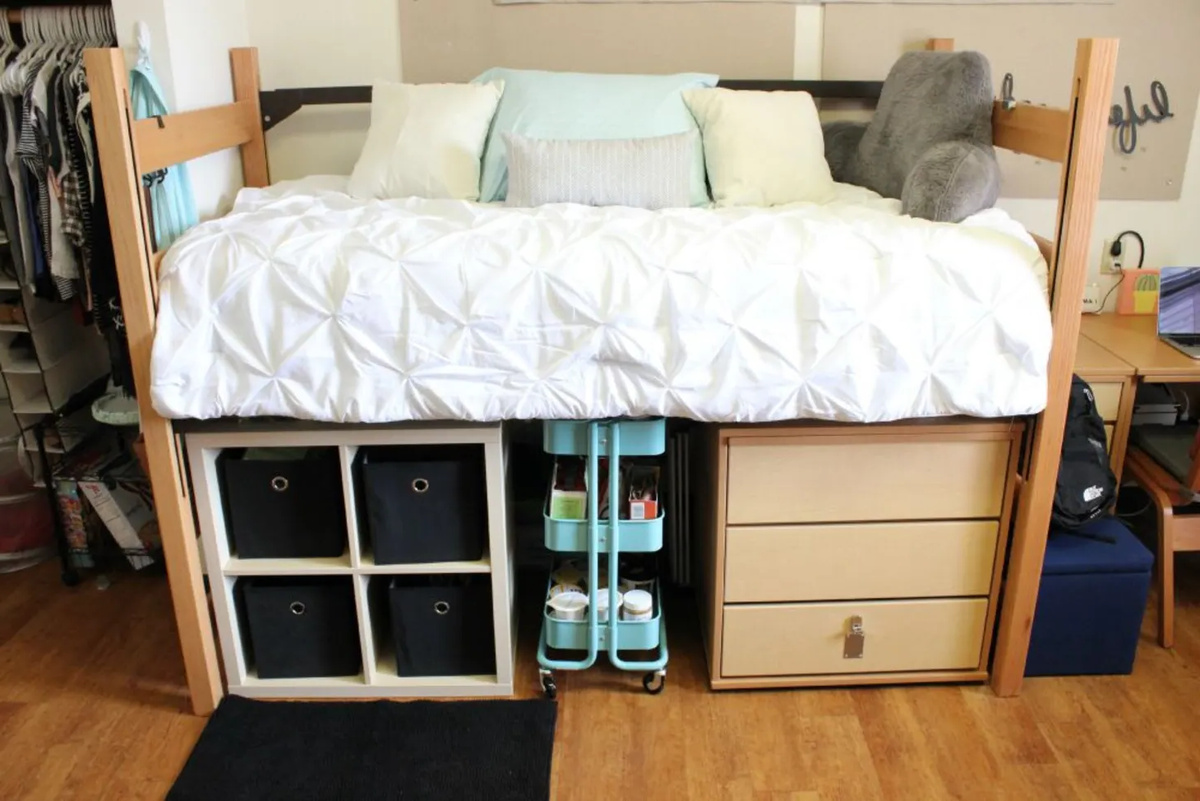
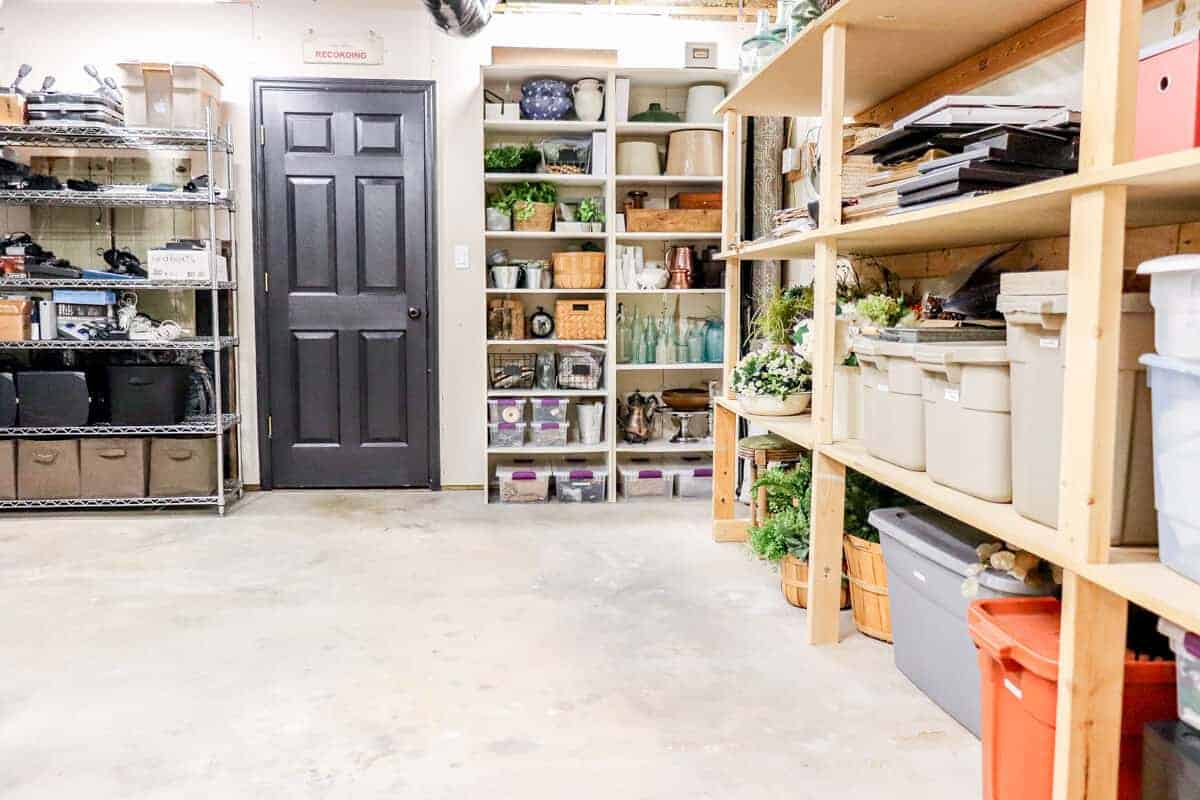
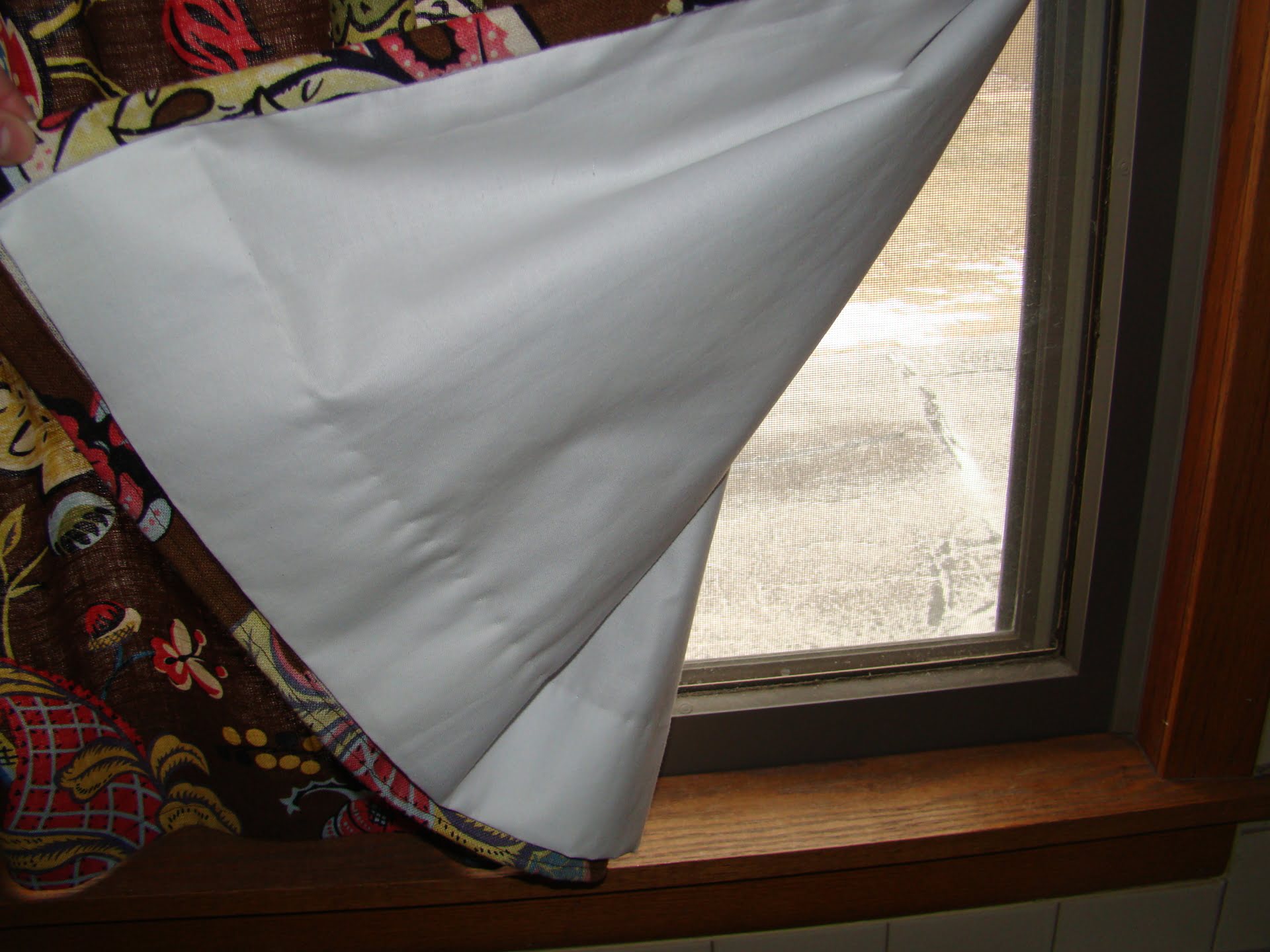
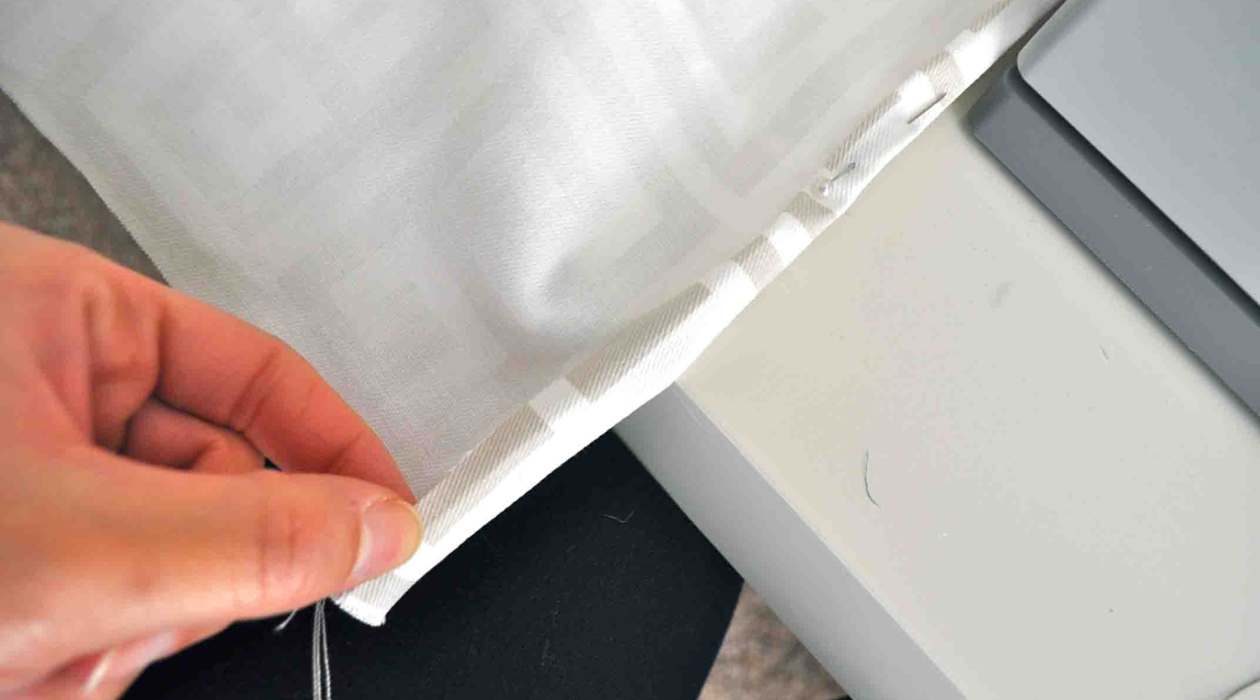
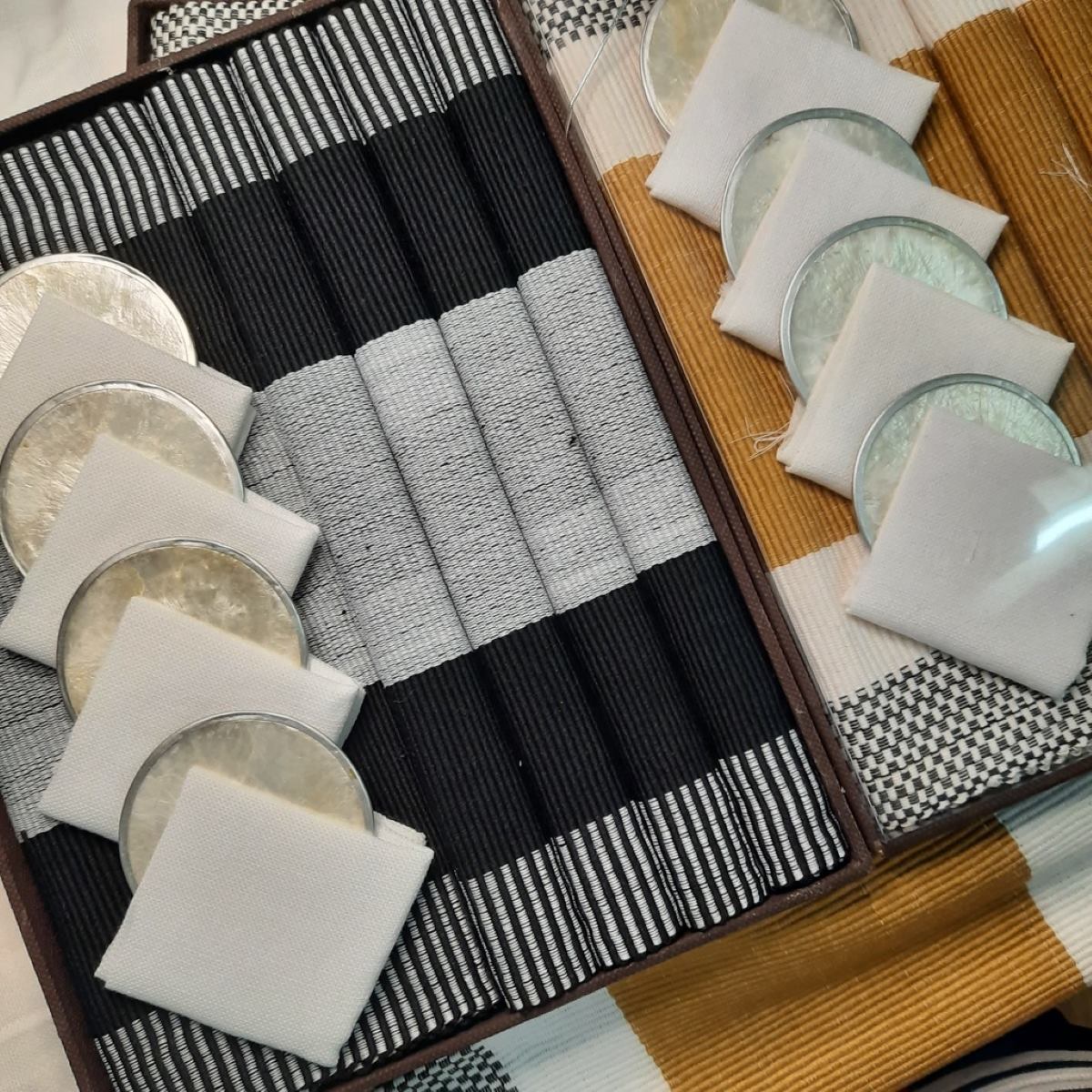


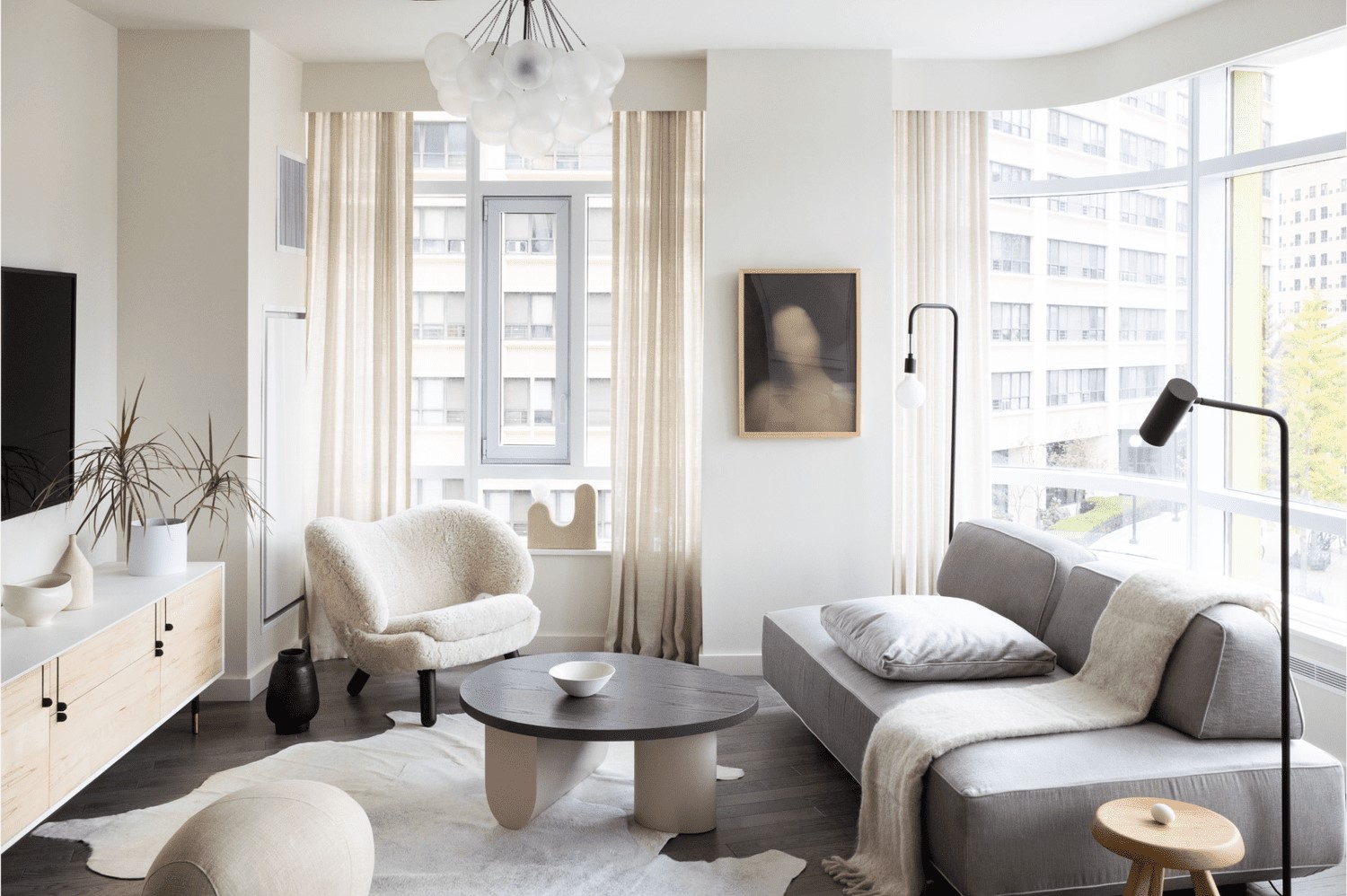
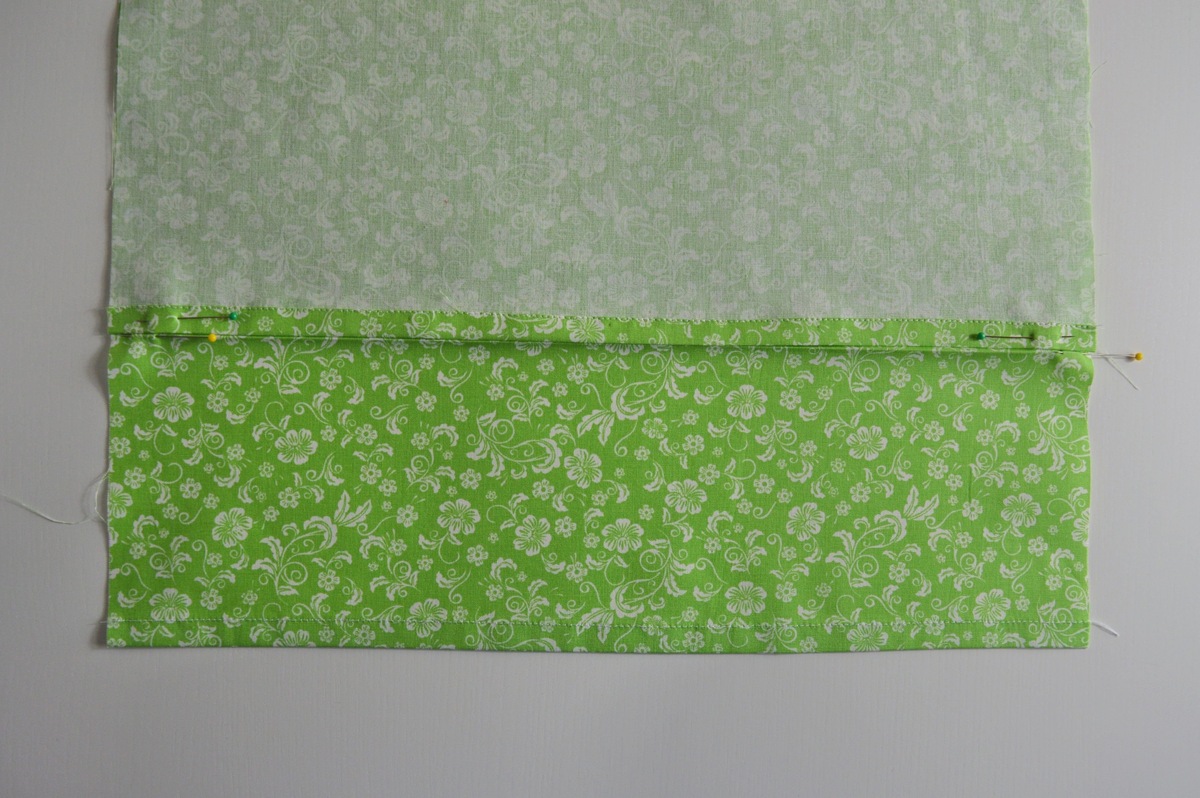
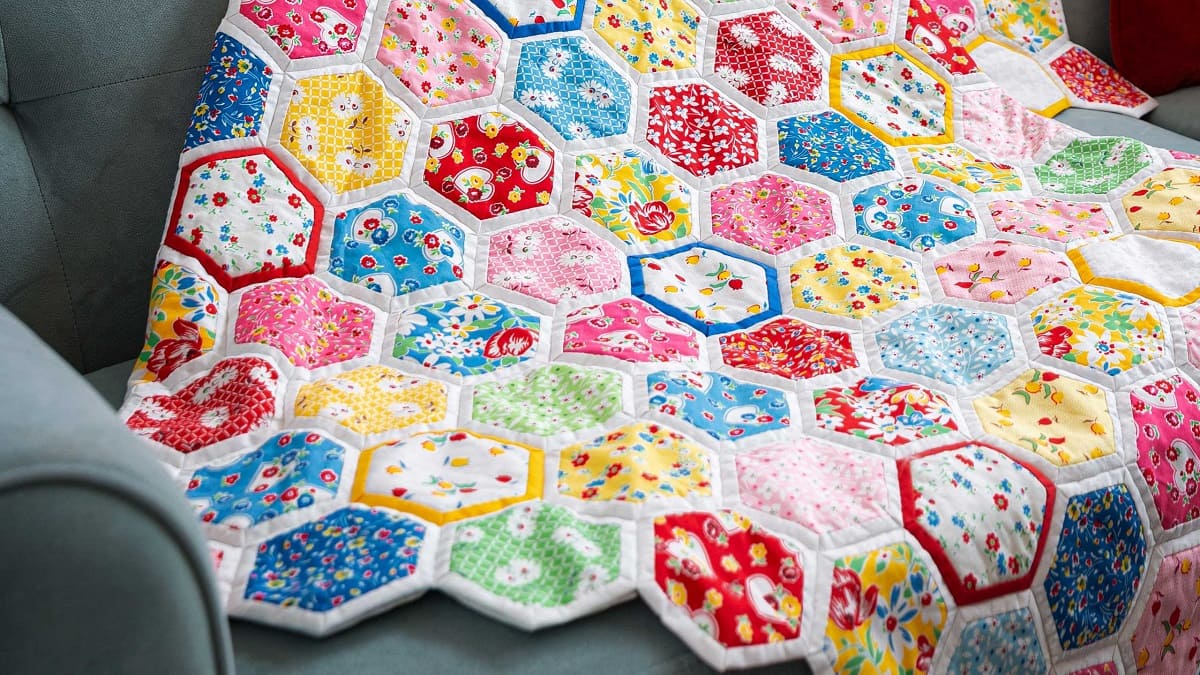

0 thoughts on “How To Organize A Sewing Room”